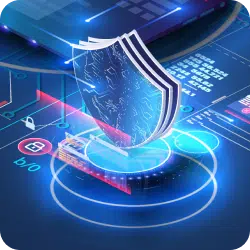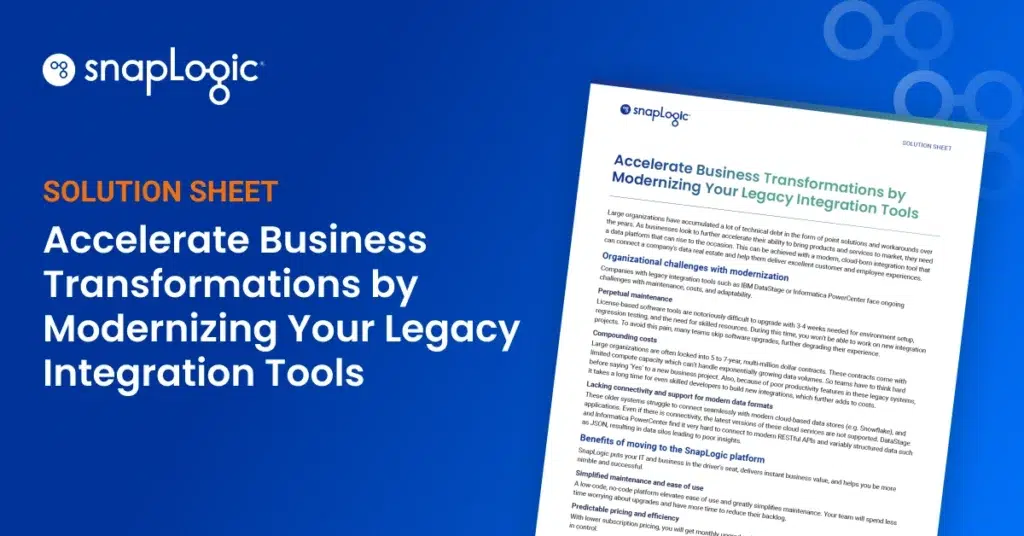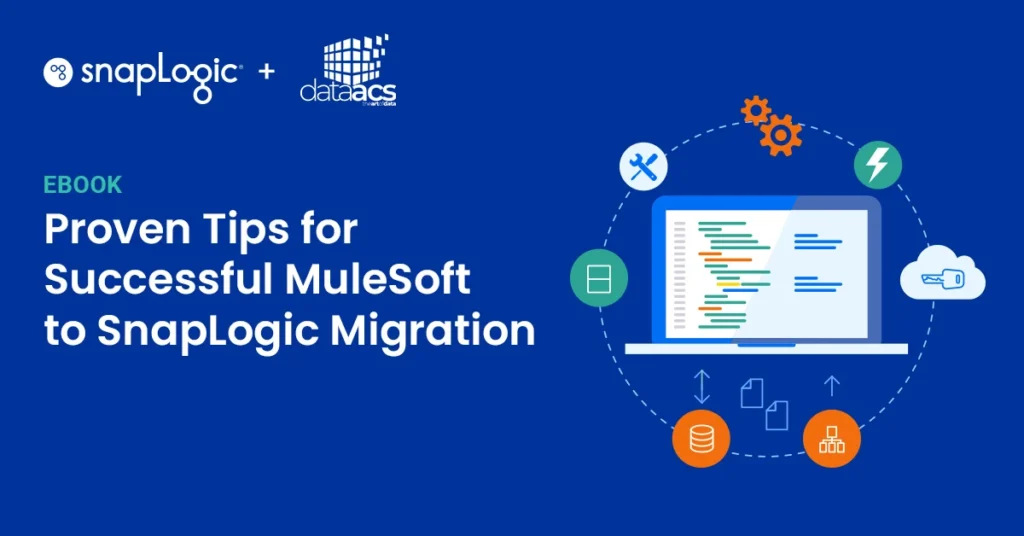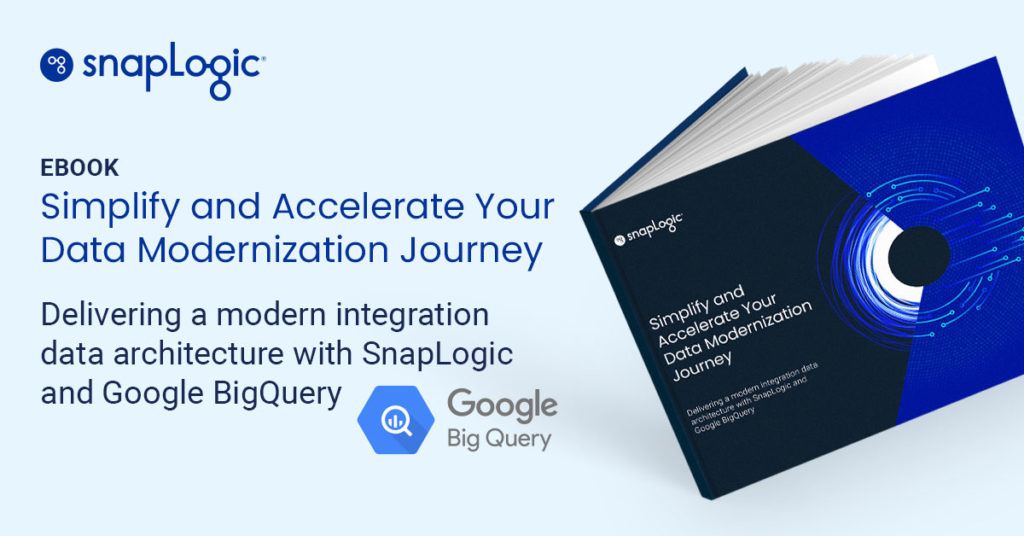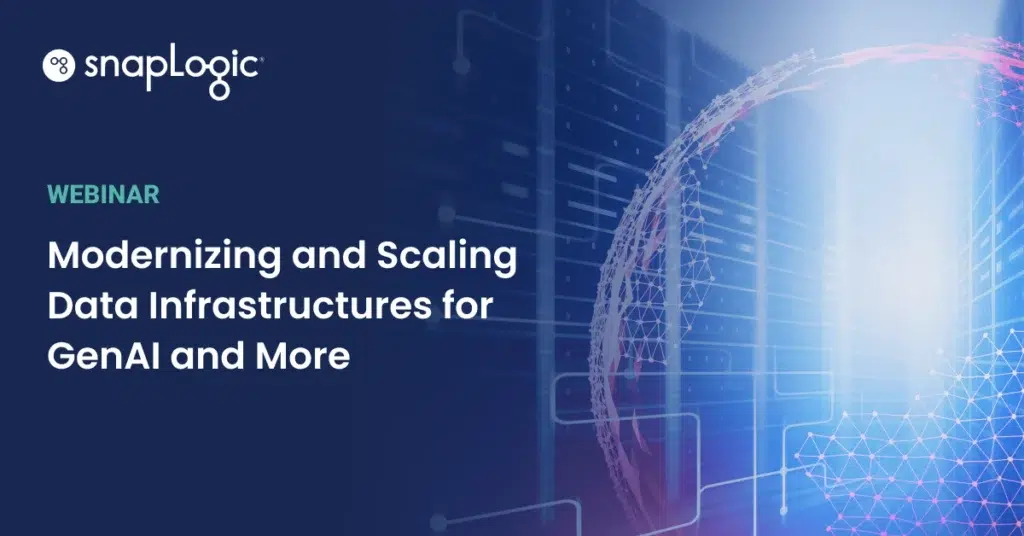What is legacy system integration?
Legacy system integration is the process of connecting and enabling communication between older, often outdated systems (legacy systems) and newer systems or technologies. This integration is essential for ensuring that legacy systems can continue to function effectively within a modern IT environment, allowing data and functionality to be shared across different platforms and applications.
What are the challenges of integrating legacy systems?
Integrating legacy systems with modern IT infrastructure has challenging implications for both technology and business leaders.
Technical challenges with legacy systems
Compatibility issues: Many legacy systems were built with proprietary technologies, including outdated hardware and/or software that do not easily interface with open standards or new technologies.
Data silos: Legacy systems often operate in isolation, creating data silos that make it difficult to access and integrate data across different systems.
Data transformations for integration: Data formats used in legacy systems may be incompatible with modern systems, requiring extensive data transformation and cleaning for effective data integration.
Integration complexity: The architectural complexity of legacy systems can make integrations highly technical and challenging. Middleware or custom interfaces are likely required to facilitate communication between legacy systems and modern applications.
Lack of documentation and diminished knowledge base: Documentation may be outdated or missing, making it hard to understand the system’s functionality and data structures. If the original developers and users are no longer available, this leads to a knowledge gap for future users.
Performance and scalability: Legacy systems may not be designed to scale flexibly or support the increased performance and load requirements of modern applications.
Business challenges with legacy systems
Security risks: Modern security and access features may be lacking, making legacy tools vulnerable to cyberattacks and potential issues with regulatory compliance.
Cost and resource constraints: Maintaining and upgrading old systems can be costly and resource-intensive, with limited budgetary flexibility for integrating new technologies.
Disruptions in business continuity: Integrating legacy systems may require significant downtime, disrupting business operations and making it difficult to access data analytics for insights and reporting.
Change management: Employees and stakeholders accustomed to existing systems may resist changing and adopting new technologies, and training staff to use new systems integrated with legacy technology can be time-consuming and costly.
How do you integrate legacy systems?
An integration platform as a service (iPaaS) provides a unified framework and tools designed to connect disparate systems, including outdated legacy systems, with modern applications and technologies.
Here are the key ways an integration platform assists with legacy system integration:
APIs (Application Programming Interfaces): Wrapping legacy systems with APIs allows them to communicate with modern applications without changing the underlying system code. APIs enable data exchange and functional integration.
Middleware for application integration: Middleware solutions act as intermediaries, facilitating communication and data exchange between disparate systems. They help integrate legacy systems with modern applications through various protocols and data formats.
Enterprise Service Bus (ESB): An ESB provides a centralized platform for integrating multiple systems and applications, enabling standardized communication and data transformation between legacy and modern systems.
Data integration: These tools extract, transform, and load (ETL) data from legacy systems into data warehouses or modern databases, ensuring that data from legacy systems is available for analysis and reporting.
Service-oriented architecture (SOA): SOA involves breaking down business functions into discrete services that can be reused across different applications. This approach can integrate legacy systems by exposing their functions as services.

